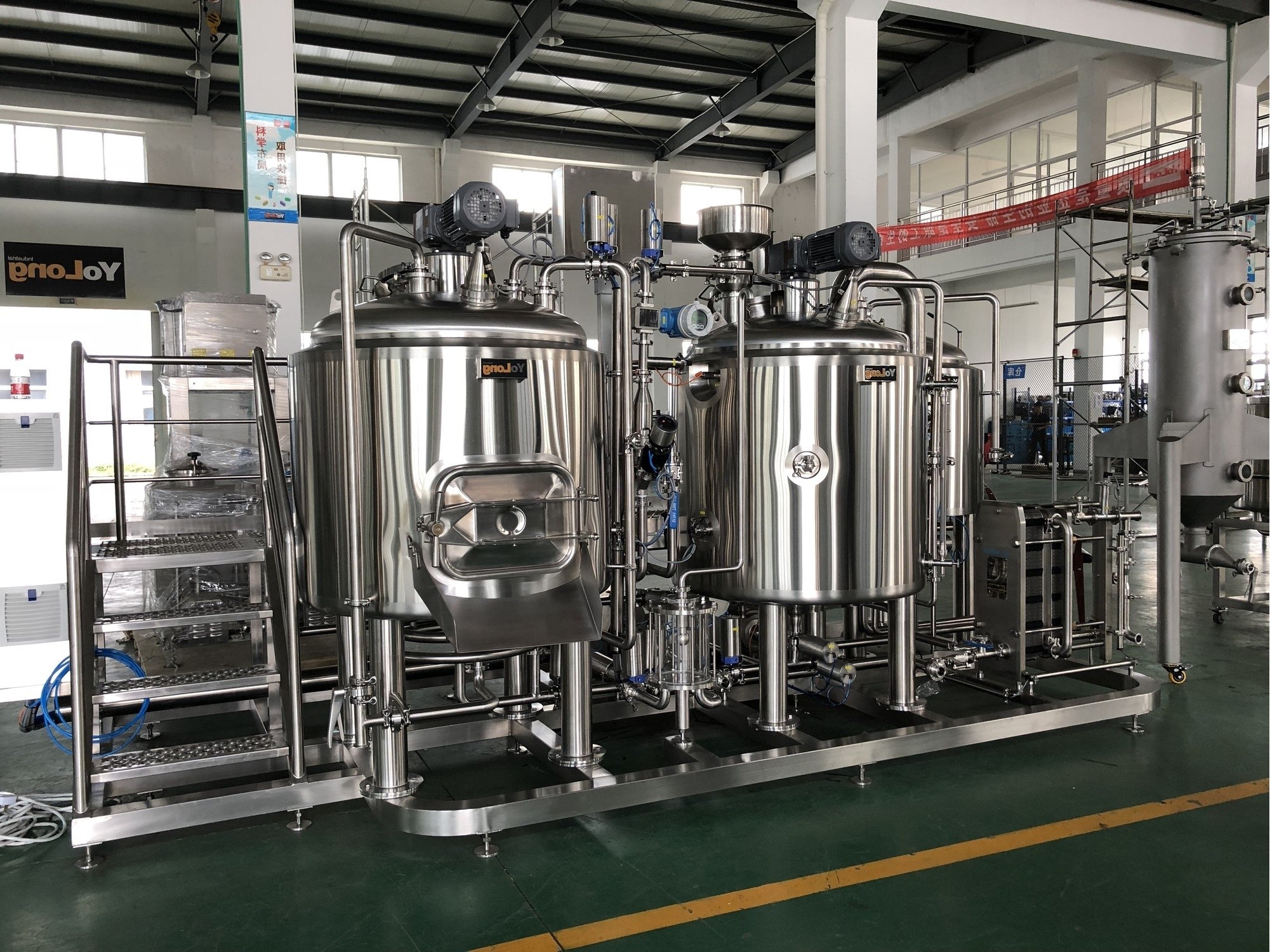Why a Conical Fermentor Is the Best Investment for Homebrewers in 2025
Comparison Between Conical Fermenter and Other Fermentation Tanks
If you’ve ever brewed a batch of beer, you know fermentation is where the magic happens. But the container you choose to ferment in can make a huge difference in taste, clarity, and even your sanity. So let’s talk turkey: how does the conical fermentor stack up against its rivals—the classic carboy, the plastic bucket, and the stainless-steel drum?
The most obvious advantage conical fermenters bring to the table is their, well, conical shape. Unlike flat-bottomed vessels, conicals allow yeast and trub (that sludgy leftover gunk from fermentation) to settle neatly at the bottom point. This means you can easily separate the clear beer from the sediment by draining from the bottom—no siphoning, no mess, no fuss.
Compare this to a plastic bucket: cheap, sure, but it’s a pain when it comes to clarity. Carboys offer better visibility but make cleaning and racking cumbersome. Stainless drums are rugged and pretty, but without that conical bottom, you’re back to manual transfers and potential contamination.
In short, conical fermenters are like the Teslas of the beer world—sleek, smart, and a step ahead.
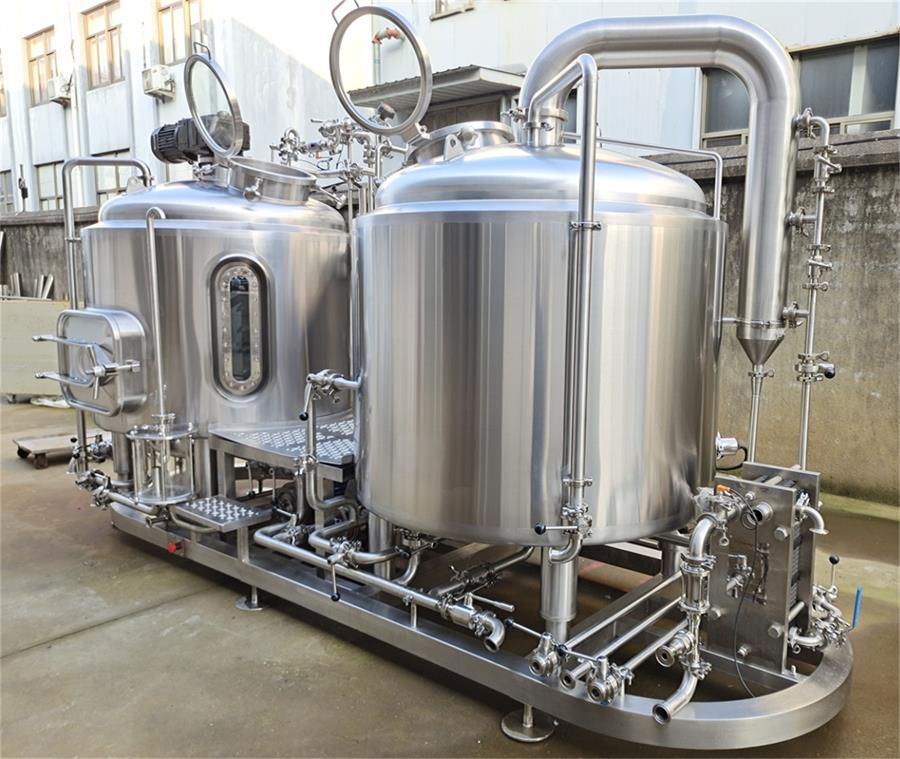
Key Benefits of Using a Conical Fermentor
What makes a conical fermenter the go-to choice for serious brewers? Let’s dig into the real perks.
First off, sediment separation is a breeze. The cone-shaped bottom collects all the yeast and sediment in one tidy spot. You can dump it or harvest it for reuse, which is a game changer if you’re cultivating a specific yeast strain.
Secondly, they support closed transfers, which means you can move your beer from the fermenter to kegs or bottles without exposing it to air. Oxygen is beer’s enemy post-fermentation, and this feature helps maintain those clean, fresh flavors.
They’re also built for multi-stage fermentation. Want to dry hop mid-ferment? Add fruit after the primary stage? No problem—you don’t even have to open the lid. Just drop it in through a port.
Add in the durability factor (stainless steel models will outlive most brewers) and ease of cleaning (thanks to sanitary fittings and CIP ports), and it’s clear: conical fermentors aren’t just fancy—they’re functional.
Use Cases – Homebrewers vs Commercial Brewers
Let’s face it: a homebrewer making five gallons of IPA on the weekend and a microbrewery pushing out 10-barrel batches daily have different needs. But both can benefit from conical fermenters.
For homebrewers, conicals bring a level of control and professionalism to the process. They reduce contamination risks, simplify transfers, and make cleanup easier. Many home units are compact, affordable, and feature-rich—perfect for a basement or garage setup.
Commercial brewers, on the other hand, rely on conicals for scalability and consistency. The ability to dump trub, harvest yeast, and do pressurized transfers keeps the workflow clean and efficient. Plus, commercial conicals often come with glycol jackets for precise temperature control—crucial for beer quality.
In a nutshell: whether you’re brewing five gallons or five hundred, conicals meet you where you are.
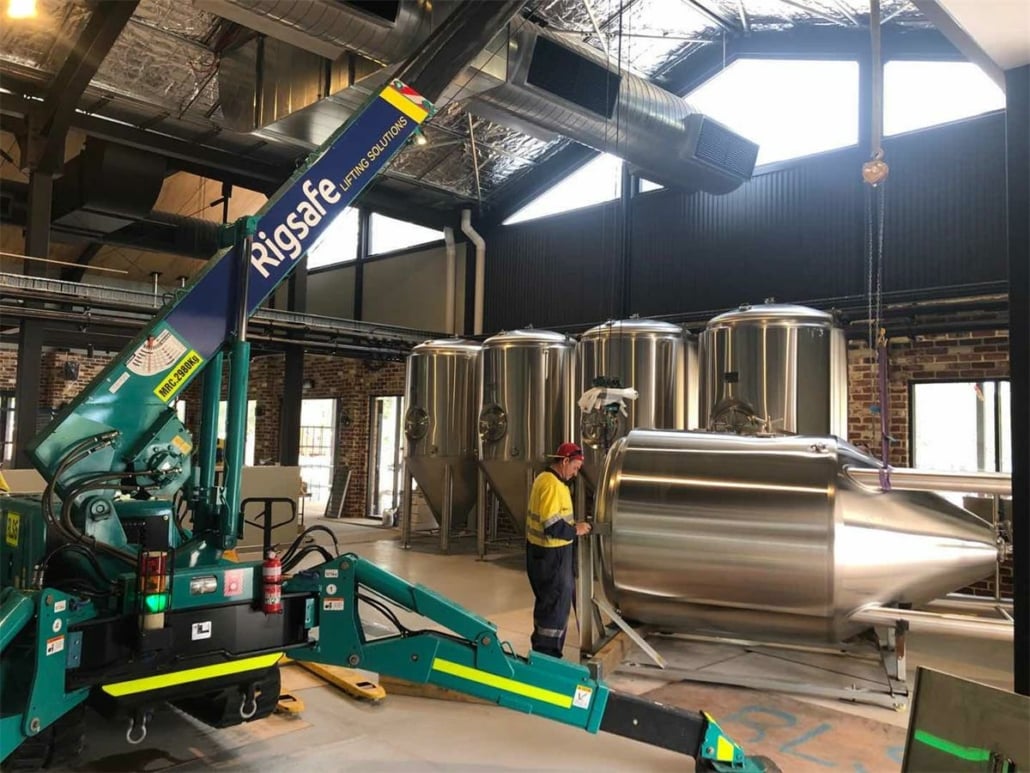
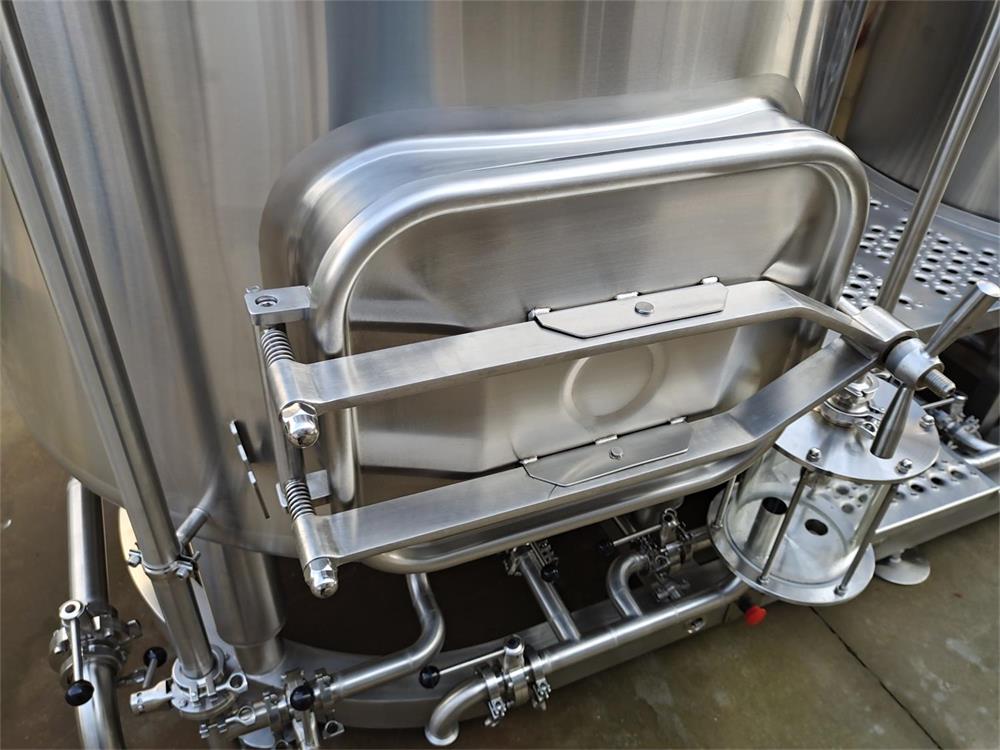
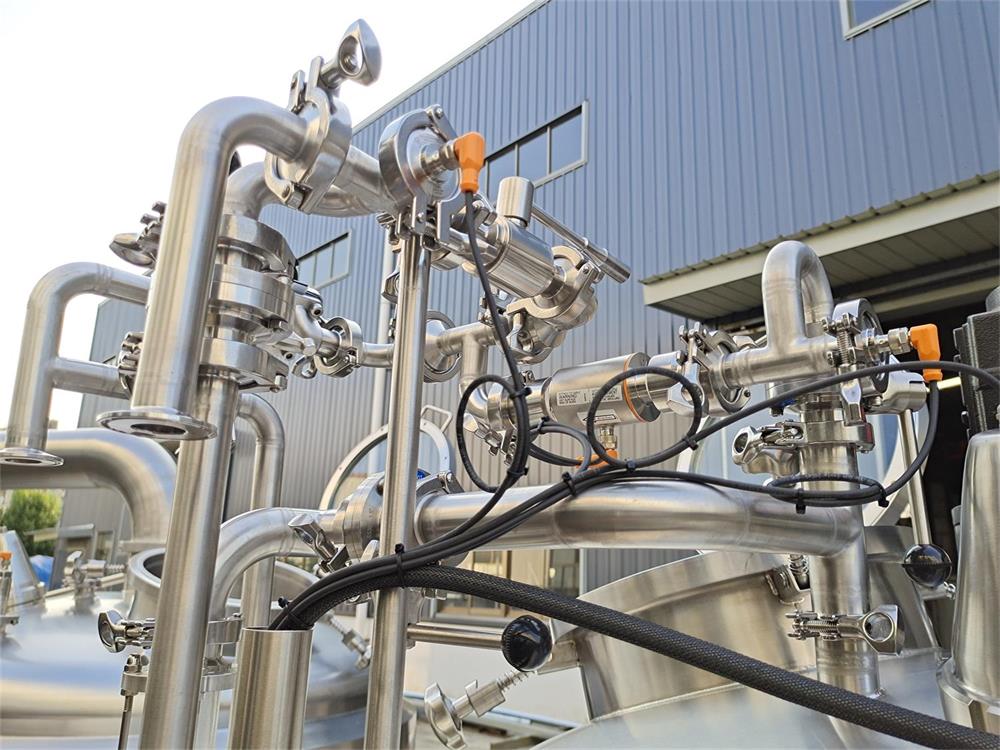
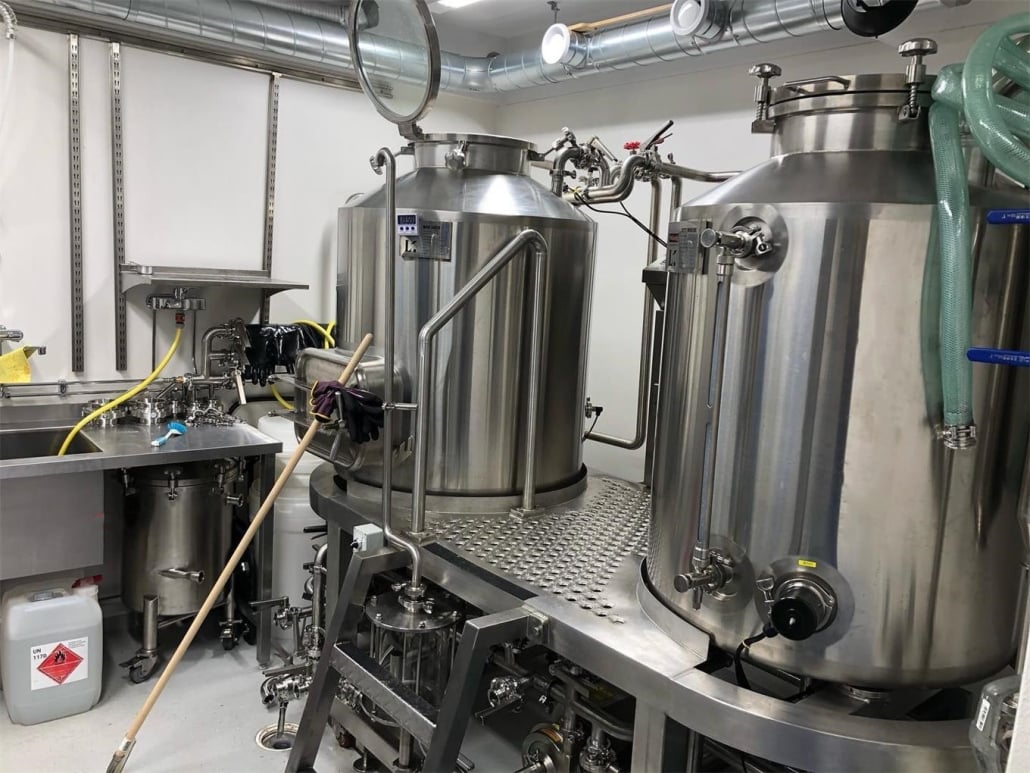
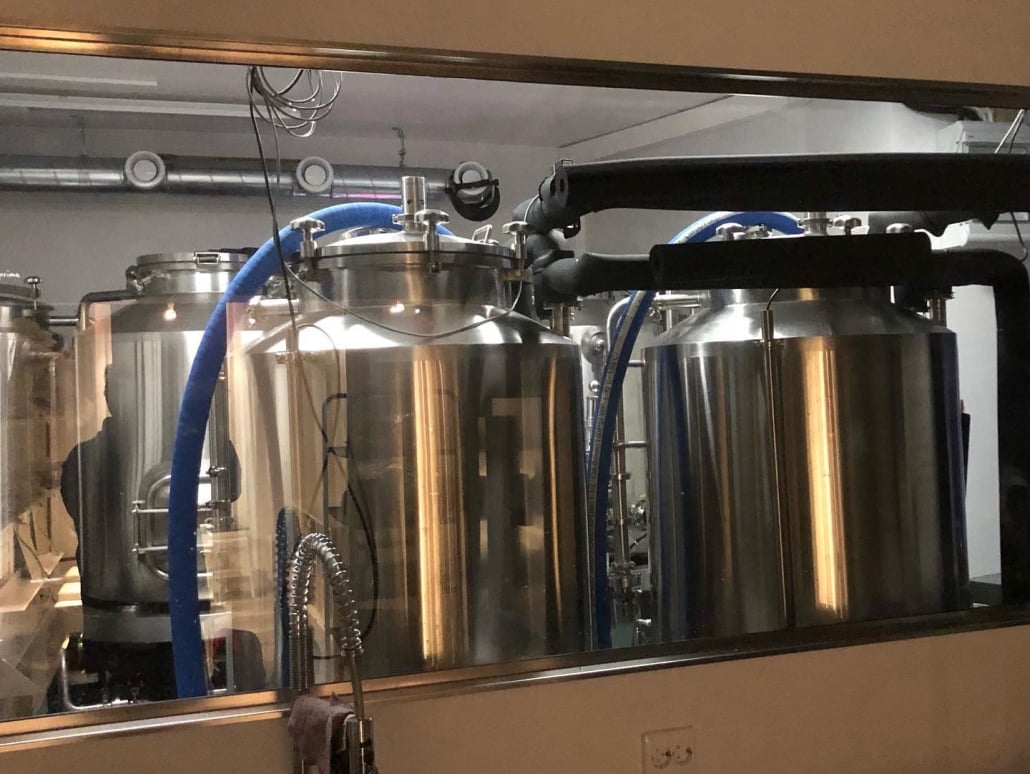
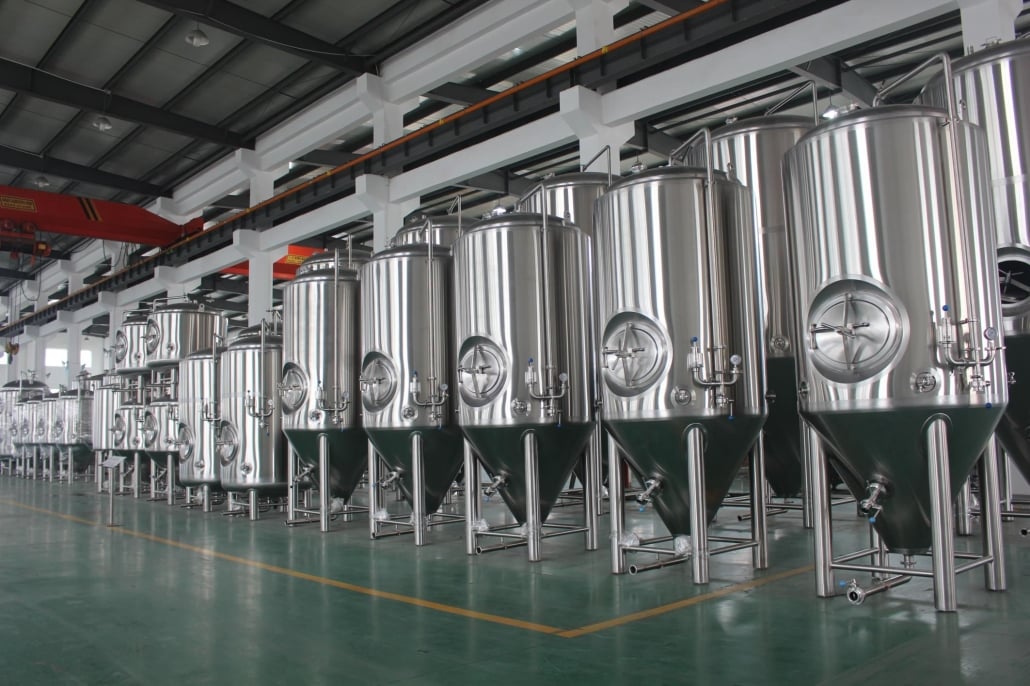
How to Choose the Right Conical Fermentor
Picking the right conical fermenter isn’t just about price. Here’s what to keep your eye on:
- Size: Match your fermenter to your batch volume. Leave room for krausen (the foamy head during fermentation).
- Material: Stainless steel is king for durability and cleanliness, but plastic can be cheaper and lighter.
- Features: Look for ports, valves, pressure ratings, thermowells, and sample valves.
- Ease of cleaning: Smooth welds and CIP (clean-in-place) capability are huge pluses.
- Budget: Entry-level models start around $200, while high-end commercial units run into the thousands.
Here’s a quick comparison:
| Feature | Entry-Level Homebrew Conical | Mid-Tier Stainless | Commercial-Grade Unit |
|---|---|---|---|
| Batch Size | 5–10 gallons | 10–30 gallons | 1–10 barrels |
| Material | Plastic | Stainless Steel | Insulated Stainless Steel |
| Price Range | $200–$500 | $600–$1200 | $3,000–$15,000 |
| Pressure Capable | No | Some | Yes |
| Temp Control | No | Optional | Glycol Jacketed |
Top 3 Recommended Conical Fermentors in 2025
With so many options out there, which conical fermentors are stealing the spotlight in 2025? Here’s who’s winning the brewer’s vote:
- FermZilla All Rounder Pressure Fermentor (Plastic, Homebrew Friendly)
- Affordable, pressure-rated, easy to use, great for first-timers.
- SS Brewtech Chronical BME (Stainless Steel, Pro Feel)
- Premium features like tri-clamp fittings, sampling ports, and optional cooling coils.
- Spike Brewing CF10 Conical Unitank (Commercial Grade)
- Built like a tank, pressure capable, CIP cleanable, and glycol ready. Perfect for scaling up.
Each brings something unique to the table. It all depends on your budget, space, and brewing goals.
Common Mistakes to Avoid When Using a Conical Fermentor
Even the best gear won’t save you from rookie errors. Here’s what to steer clear of:
- Overfilling: Leave headspace for krausen or risk beer volcanoes.
- Poor sanitation: Those ports and valves need love too. Clean everything religiously.
- Skipping pressure tests: If your conical is pressure-rated, test it before use.
- Ignoring temperature control: Yeast isn’t forgiving. Keep it comfy.
- Not harvesting yeast properly: You can’t just dump it all. Use layers to collect healthy yeast.

FAQs
| Question | Answer |
|---|---|
| What size conical fermenter do I need? | For homebrewing, 7-10 gallons is standard. Commercial brewers often use 1-10 barrel units depending on batch size. |
| Can I carbonate beer in a conical fermentor? | Yes, if it’s pressure-rated. These are often called “unitanks.” |
| Are stainless steel conical fermentors better than plastic? | They’re more durable and easier to sanitize, but they’re also heavier and pricier. |
| How do I clean a conical fermentor? | Use CIP (clean in place) spray balls for stainless units, or a gentle soak and brush for plastic models. |
| Is it worth upgrading from a bucket or carboy? | Absolutely. You’ll save time, reduce contamination, and improve your beer’s quality. |
Additional FAQs About Conical Fermentors as an Investment for Homebrewers (2025)
1) What measurable quality gains can I expect after upgrading to a conical?
Typical improvements include clearer beer (less trub carryover), lower dissolved oxygen during transfers via closed-loop racking, and repeatable yeast harvesting that improves attenuation consistency over multiple generations.
2) How do I size a pressure-rated conical for 5-gallon batches?
Choose 7–10 gal capacity with at least 20% headspace for krausen. If pressure fermenting or spunding, verify a working pressure rating of 15 psi minimum and fit a PRV rated accordingly.
3) Is a glycol-coil or jacket necessary for homebrewers?
Not required but highly beneficial. A cooling coil with a small glycol chiller or temp-controlled chamber cuts ester/phenol variability and prevents fusels in warm seasons.
4) Can I safely dry-hop under pressure in a conical?
Yes, if pressure-rated. Purge the hop doser/hop tube with CO2, add hops through a tri-clamp port, and maintain a PRV to avoid over-pressurization. This reduces oxygen ingress and hop burn risk.
5) What maintenance extends the life of a stainless conical?
Rinse immediately after use, perform alkaline CIP, followed by acid passivation cycles as recommended, replace gasket sets on schedule, lubricate sanitary threads, and inspect welds/valves with a flashlight or borescope.
2025 Industry Trends: Conical Fermentor Adoption and Features
- Pressure-capable “unitank” conicals at home scale are mainstream; more SKUs ship with PRVs, spunding valves, and carbonation stones.
- App-connected temperature control with fermentation profiles and cloud logging improves repeatability.
- Low-oxygen practices (closed transfers, purged hop additions, CO2/argon headspace) increasingly standard among advanced homebrewers.
- Accessory ecosystems expand: hop dosers, butterfly valves, CIP spray balls, sample valves, and floating dip tubes tailored to conicals.
- Affordable stainless conicals with tri-clamp fittings reduce stepping-stone upgrades, improving long-term ROI.
2024–2025 Homebrew Conical Benchmarks
| Metric | 2024 | 2025 (proj.) | Notes/Source |
|---|---|---|---|
| Homebrewers using conical fermentors | ~28% | ~35% | Retailer surveys; forum polls |
| Pressure-capable conicals share of conical sales | ~45% | ~58% | Vendor catalogs; SKU mix |
| Users performing closed transfers | ~52% | ~65% | Homebrew forum polls |
| App-connected temp control adoption | ~40% | ~55% | Controller OEM updates |
| Average upgrade spend (fermentor + accessories) | $450–$900 | $500–$1,100 | Retail price tracking |
Authoritative resources:
- American Society of Brewing Chemists (ASBC) Methods: https://www.asbcnet.org
- Brewers Association (packaging and oxygen control concepts): https://www.brewersassociation.org/sustainability
- Oregon State University Fermentation Science insights (oxygen and stability): https://foodscience.oregonstate.edu
Latest Research Cases
Case Study 1: Closed Transfers and Pressure Fermentation Improve Shelf Stability (2025)
Background: An advanced homebrewer observed hop aroma fade and papery notes after 4–6 weeks in cans.
Solution: Upgraded to a pressure-capable stainless conical with spunding at 10–12 psi, CO2-purged dry-hop doser, and fully closed transfer to CO2-purged kegs.
Results: Package DO at kegging dropped from ~0.35 mg/L to ~0.12 mg/L; sensory panels reported 6–8 weeks longer peak aroma; visible clarification improved without finings.
Case Study 2: Yeast Harvesting from Conical Reduces Batch Variability (2024)
Background: A homebrew lager program showed ±0.4% ABV variance and sluggish diacetyl rests.
Solution: Implemented cone dumps to remove trub early, harvested mid-layer slurry on day 3–4, and repitched by cell count from the conical sample port; added glycol coil for tighter temperature control.
Results: ABV variance tightened to ±0.1%; diacetyl rests shortened by ~24 hours; three successful generations with stable attenuation and cleaner flavor profile.
Expert Opinions
- Tom Shellhammer, Ph.D., Professor of Fermentation Science, Oregon State University
Key viewpoint: “Controlling oxygen from fermentation through package has an outsized impact on flavor stability. Conicals that enable closed transfers are a smart homebrewer investment.” - Mary Pellettieri, QA Consultant; Author of “Quality Management for Craft Beer”
Key viewpoint: “Sampling ports and sanitary fittings on conicals make routine measurements—pH, gravity, diacetyl tests—easier and safer, which improves consistency over time.” - John Mallett, Author of “Malt”; former VP Operations, Bell’s Brewery
Key viewpoint: “Process repeatability comes from controllable equipment. A conical with reliable temperature and pressure handling turns homebrew into a repeatable process, not a one-off.”
Practical Tools and Resources
- Process control and logging
- Brewfather (fermentation profiles, logging): https://brewfather.app
- Tilt/Spundit/Inkbird controllers (vendor sites)
- QA and measurement
- ASBC Methods (at-home adaptations): https://www.asbcnet.org
- Zahm & Nagel basics for CO2 verification: https://zahmnagel.com
- Best practices and community
- HomebrewTalk advanced fermentation forum: https://www.homebrewtalk.com
- Brewers Association articles on oxygen control: https://www.brewersassociation.org
- Sanitation and parts
- Tri-clamp fittings, gaskets, PRVs from reputable sanitary suppliers (e.g., Glacier Tanks, Brewers Hardware)
Last updated: 2025-09-30
Changelog: Added 5 targeted FAQs, 2025 adoption/feature benchmark table, two case studies on closed transfers and yeast harvesting, expert viewpoints, and curated tools/resources emphasizing ROI of conical fermentors for homebrewers.
Next review date & triggers: 2026-03-31 or earlier if new home-scale pressure fermentation standards emerge, major controller integrations launch, or updated oxygen control guidance is published by BA/ASBC.
Share this entry
Interested in learning more about Brewing Systems including additional details and pricing information? Please use the form below to contact us!
YOLONG BREWERY EQUIPMENT FAQS
- Commercial Brewery / Craft Brewery / Microbrewery / Nanobrewery
- What is The Difference Between Craft Beer and Industrial Beer?
- The Bespoke Differences In Custom Brewing Systems
- Everything You Need to Know About Kettle Souring
- How to Choose Brewing Equipment for Your business?
- How To Choose The-Best Partner To Build Your Commercial Microbrewing System?
- Two Detection Sensors That You Need To Use In Your Brewhouse System
- Remote Control Applications in Brewing Equipment/How does it work?
- How To Clean Your Brand New Brewery Tanks?

